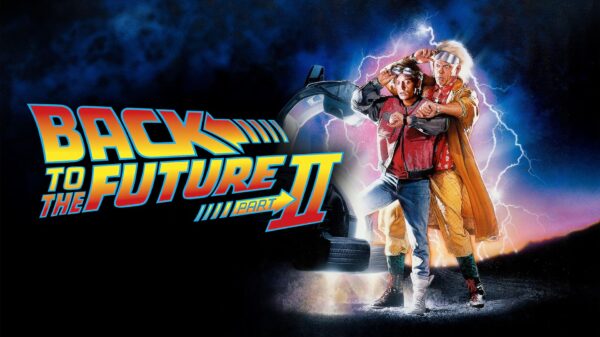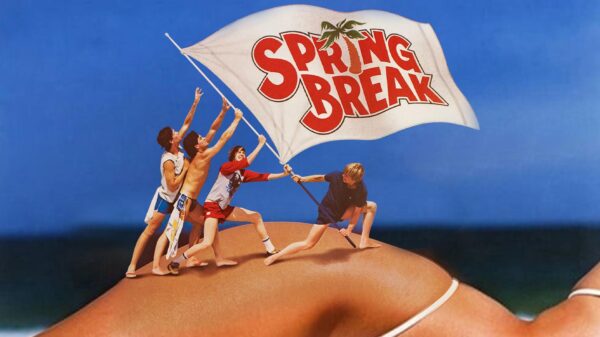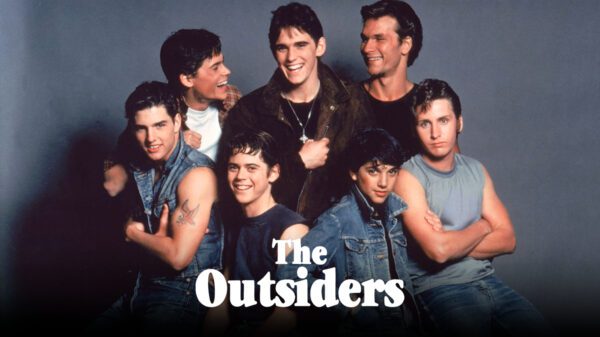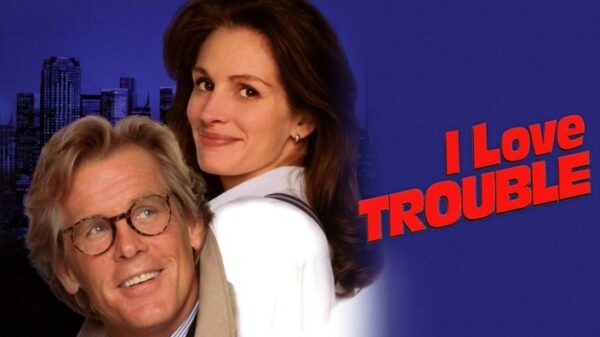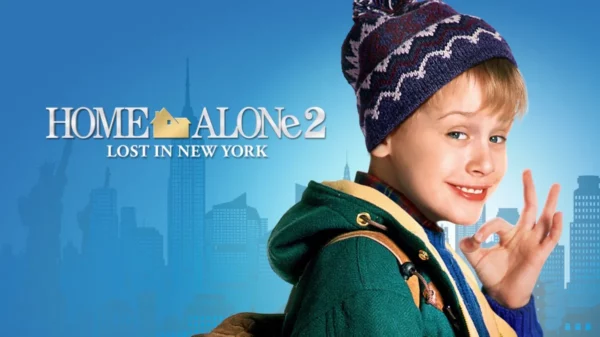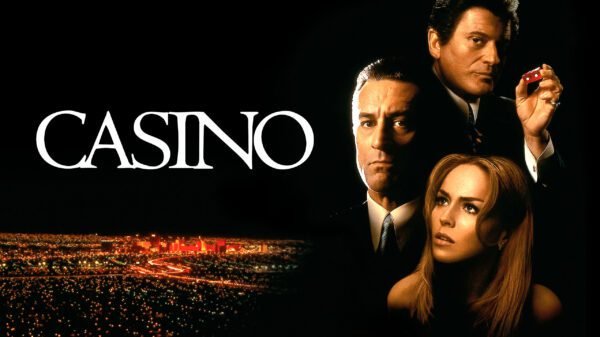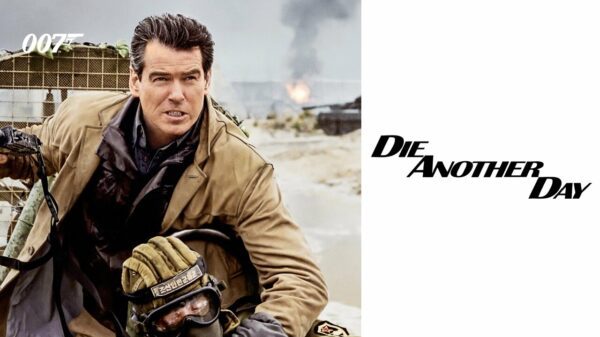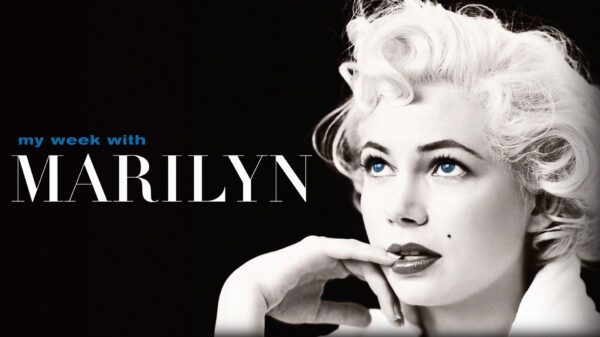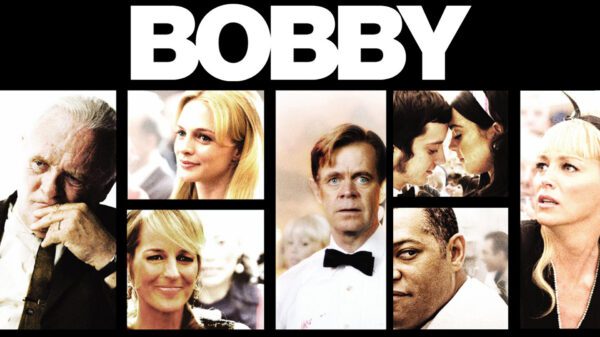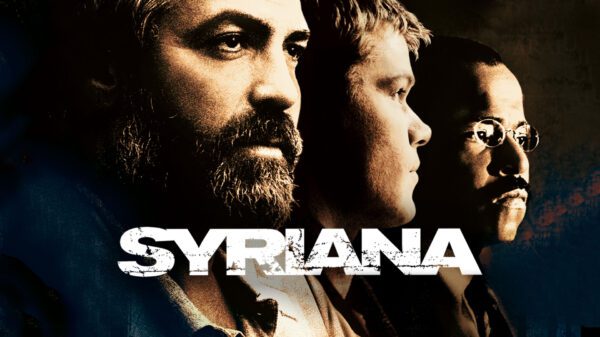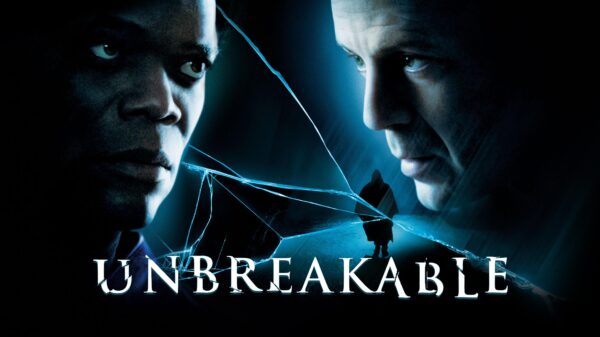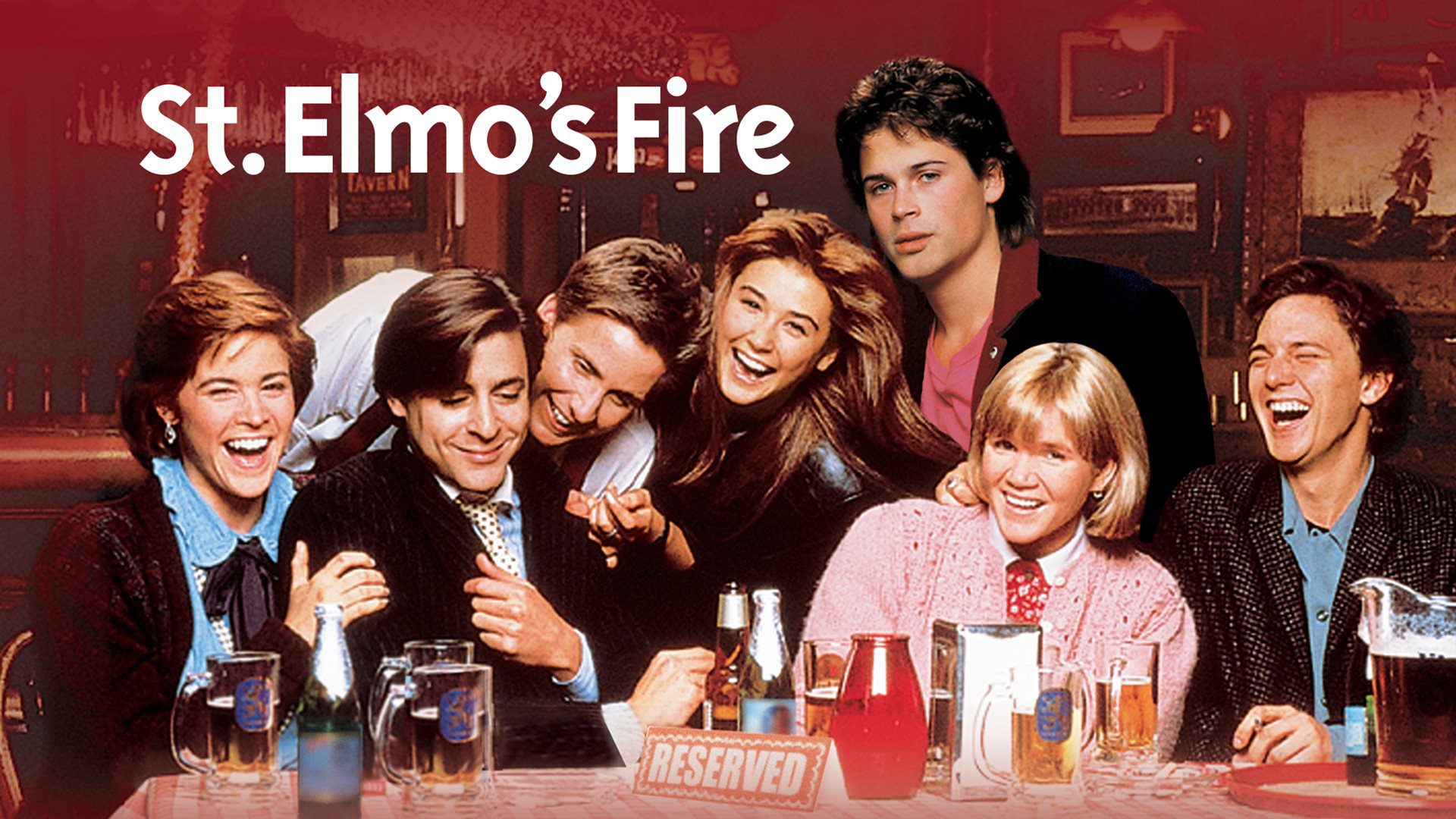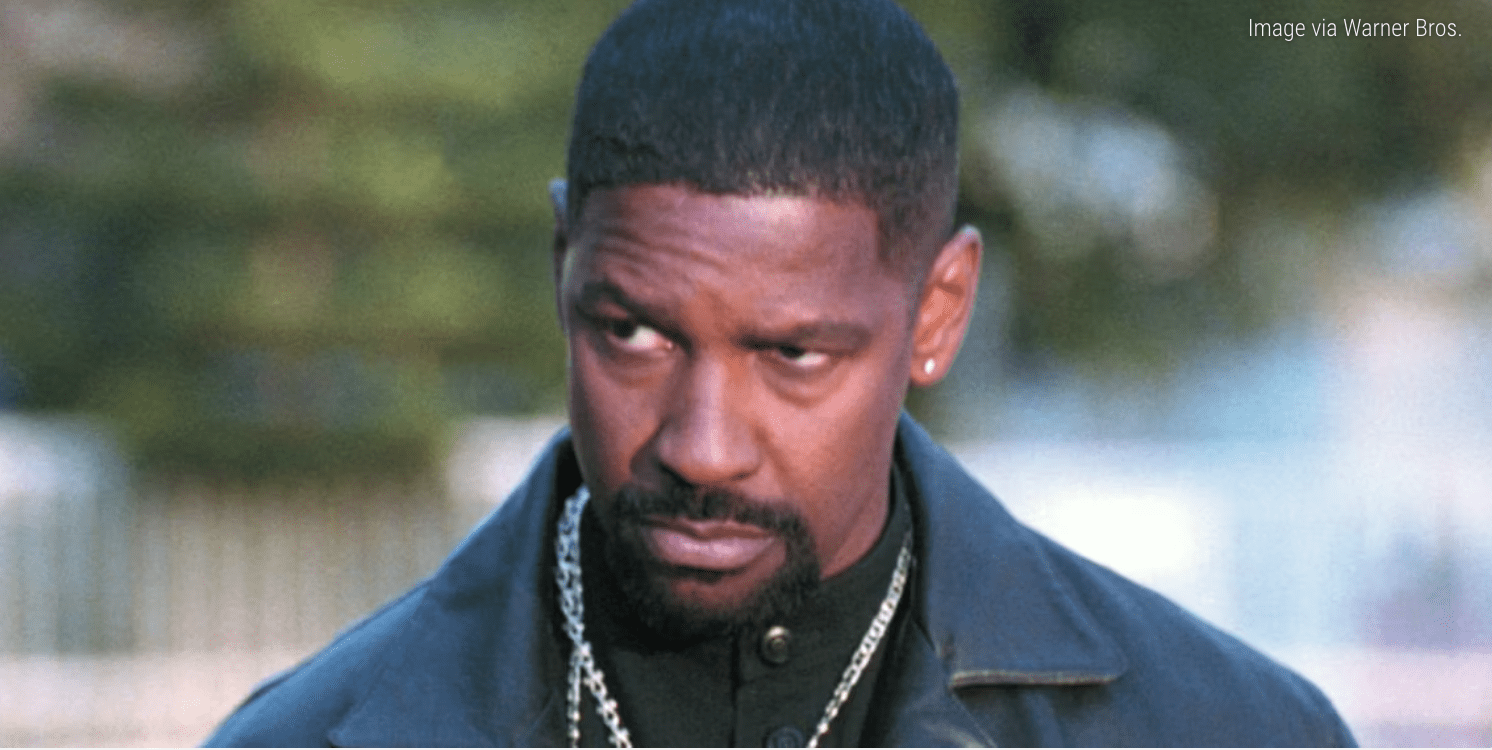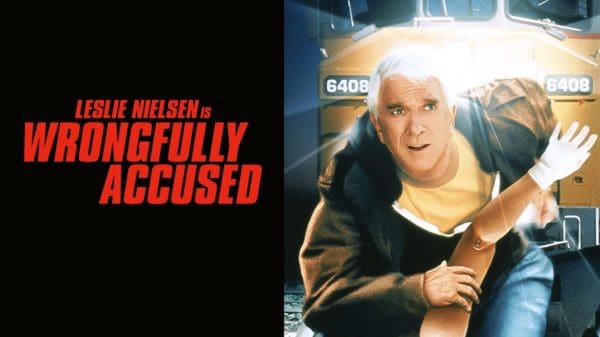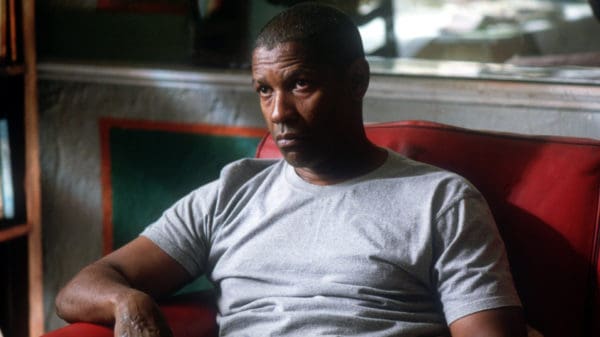St. Elmo’s Fire, released on June 28, 1985, is a defining film of the 1980s, a poignant and often messy portrayal of post-collegiate life and the complex relationships that bind a group of friends as they navigate the confusing landscape of adulthood. The movie captures the hopes, fears, and disillusionments of a generation.
The story centers on seven recent Georgetown University graduates, bound by friendship and a shared history, who frequent their favorite bar, “St. Elmo’s,” in Washington D.C. Each character grapples with their own struggles: Billy Hicks (Rob Lowe) is a charming but irresponsible saxophonist unable to commit; Kirby Keger (Emilio Estevez) is a romantic obsessed with a former college crush; Leslie Hunter (Ally Sheedy) and Kevin Dolenz (Andrew McCarthy) are friends navigating a complicated romantic tension; Alec Newbury (Judd Nelson) is an ambitious politician grappling with commitment; Jules Van Patten (Demi Moore) is a free-spirited but self-destructive socialite; and Wendy Beamish (Mare Winningham) is a sweet, insecure social worker from a wealthy family.
As they face career uncertainties, relationship dramas, and the harsh realities of independent living, their bonds are tested, revealing both the strength of their camaraderie and the painful truths of growing up.
Lowe brings a charismatic vulnerability to Billy, showcasing his charm and underlying immaturity and Estevez is endearing as the lovelorn Kirby.
Sheedy and McCarthy portray the nuanced dance of unrequited love and friendship with sensitivity.
Nelson embodies the ambitious, slightly manipulative Alec and Moore is raw and emotionally resonant as the troubled Jules.
Winningham gives a standout performance as Wendy, conveying a quiet strength and deep empathy.
Andie MacDowell also appears in an early role.
Martin Balsam also stars as Mr. Beamish, Wendy’s father and Jenny Wright appears as Felicia Hicks, Billy’s wife.
The chemistry among the cast is palpable, making their friendships and conflicts feel genuine and relatable.
Joel Schumacher‘s direction captures the glossy aesthetic of the 80s, but beneath the style, he delves into the emotional complexities of his characters. The film effectively uses the “St. Elmo’s” bar as a central hub, a symbolic anchor for the group as their lives diverge.
The screenplay, co-written by Schumacher and Carl Kurlander, is ambitious in attempting to track multiple storylines, exploring themes of friendship, ambition, disillusionment, and the search for identity. While at times sprawling, the film’s strength lies in its honest portrayal of the anxieties that come with leaving the structure of college life behind and facing the unknown.

Demi Moore and Andrew McCarthy in St. Elmo’s Fire (Photo/Columbia Pictures)
Reception for St. Elmo’s Fire
St. Elmo’s Fire grossed $6.1 million on its opening weekend, finishing fourth at the box office, trailing Pale Rider ($9.1 million), Cocoon ($7.3 million) and Rambo: First Blood, Part II ($7 million).
The film would gross $37.8 million in its theatrical run.
Legacy
St. Elmo’s Fire is a quintessential 80s film, a raw and honest look at the challenging transition from youth to adulthood. It’s a testament to its memorable characters, their relatable struggles, and the enduring power of friendship. For anyone who’s navigated the uncertainties of their twenties, or simply enjoys a classic 80s drama with a lot of heart, St. Elmo’s Fire remains a poignant and engaging watch.


